1. Go Early and Get High
Take advantage of the early sunrise—and relatively cool temperatures—to get in your outdoor workouts. Long-distance hiker and runner Andrew Skurka, who’s currently training for the Run Rabbit Run ultramarathon, runs in the morning to avoid Colorado’s heat. “I also head up to higher elevations in the summer,” he says.��“At a 10,000-foot trailhead, it's 15 degrees cooler than it is in my hometown of Boulder.”
If mountains are an option, head to parks or trails where shade is plentiful. Regardless of when you go, be sure to protect your skin with a non-greasy, quick-drying sunscreen like the��. Powered by Sweat TECH™��Technology and rated at 50 SPF, it allows skin to breathe while working out and provides clinically proven sun protection, so you can go farther, push harder, and play more.
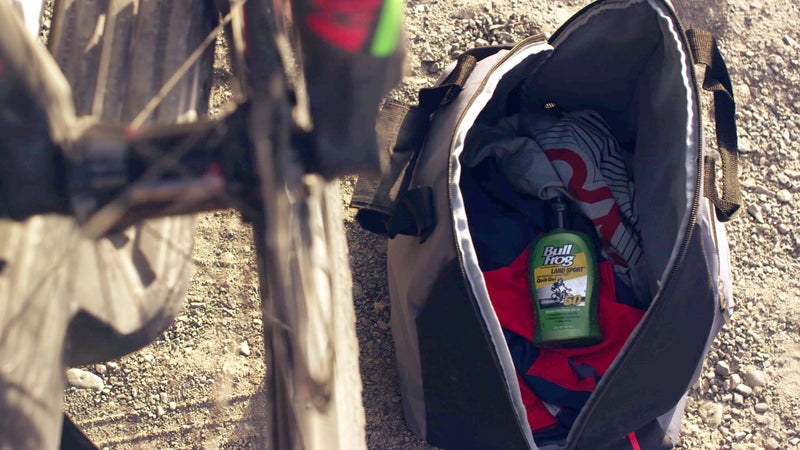
2. Choose Your Events Wisely
As you map out your summer adventures, consider what events are most personally interesting to you. Location, distance, and how much race-day support you can count on from friends and family are all good reasons to pick a race. The longer the event, the more important it is that you have an emotional connection to it. (A neighborhood 5K? You can bang it out, no problem. A 50-miler? Different story.) “If you’re training over a long period of time and you’re not attached, it’s easy to let workouts fall by the wayside,” says Jason Koop, author of Training Essentials for Ultrarunning and a coach at Carmichael Training Systems.��“Even if it’s a difficult race, you’re more likely to be successful if you’re emotionally engaged.”
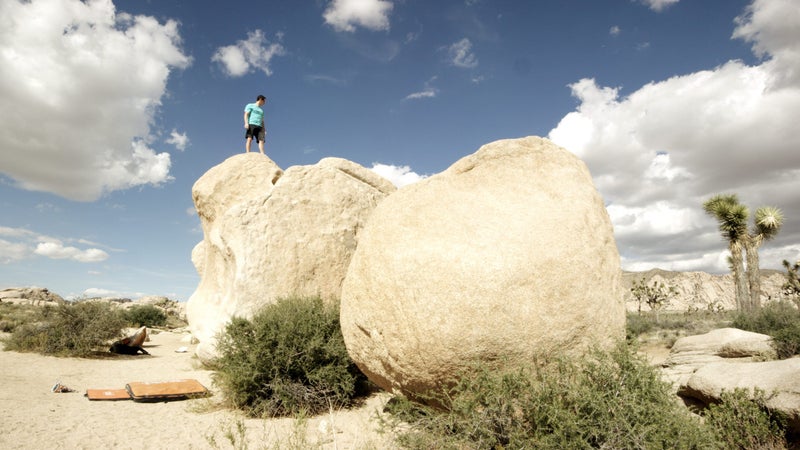
3. Ditch the Energy Gels
Your caloric needs don’t change significantly when you’re exercising in the heat, but warm temperatures tend to make people feel more nauseated when they exercise. The solution to staying properly fueled: Bring foods that taste refreshing to you. “Lemon cookies and bars seem to be popular,” says Kelli Jennings, RD, founder of Apex Nutrition. Real food like a PB&J might be easier to get down than a gel. Pro tip: Keep your drinks palatable by filling your water bottles halfway with water or sports drink��then freezing them overnight. In the morning, top them off before you head out.
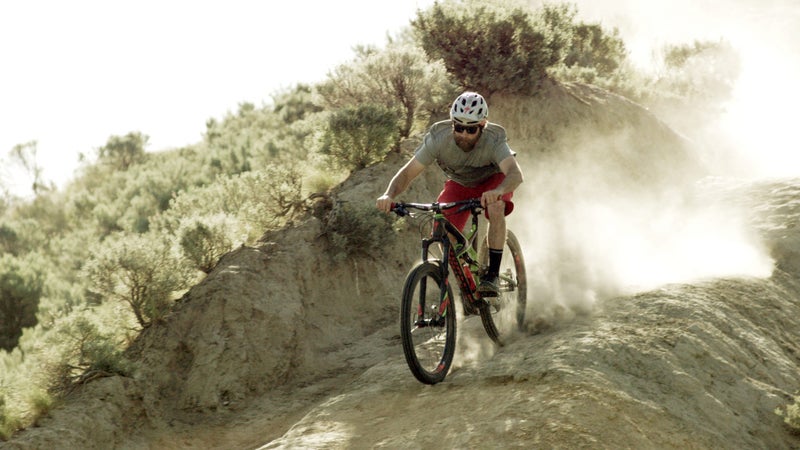
4. …And Up Your Salt Intake
Sweat pours from your pores in summer heat, which can make you both dehydrated and sodium-depleted. Adding a bit more salt, which helps your body retain the water, can help keep you properly hydrated. Aim for 400-700 mg of salt an hour; larger people, who tend to sweat more, should aim toward��the higher end, and smaller folks can go for 400. “If you’re out for a long day, pre-load before you go,” Jennings recommends.��“If you can stomach the taste, add a quarter teaspoon—about 600 mg—of salt to your morning oatmeal or smoothie.”
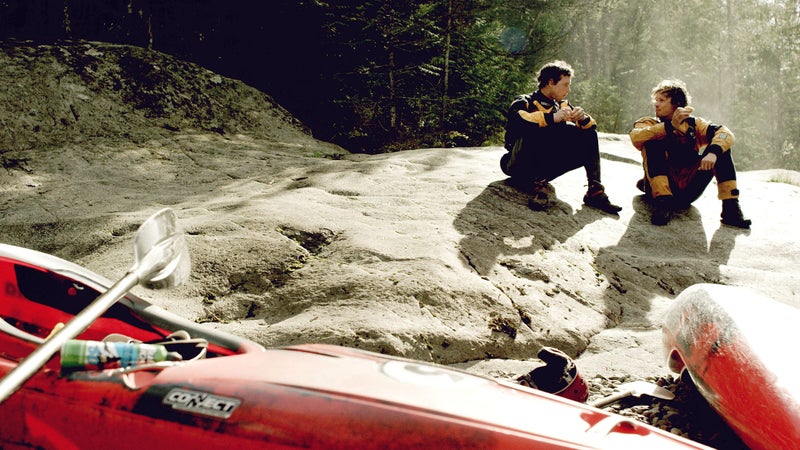
5. Keep the Critters and��Rays at Bay
If you’re planning on running, hiking, or paddling someplace that’s both buggy and sunny, when you go can have a big effect on comfort and performance. While the temps drop and the sun’s rays become less intense at sunset, it’s also peak mosquito hours. Conversely, while there may be fewer bugs during the heat of the day, that’s when sun is at its strongest. The smartest way to be prepared for any or all combination of bugs and sun? A two-in-one product like the��, which protects against the burn and the bite, and��features both 30 SPF and a DEET-free formula. One application will keep your skin protected from UV rays and maintain water resistance for 80 minutes and deter bites for up to eight hours.
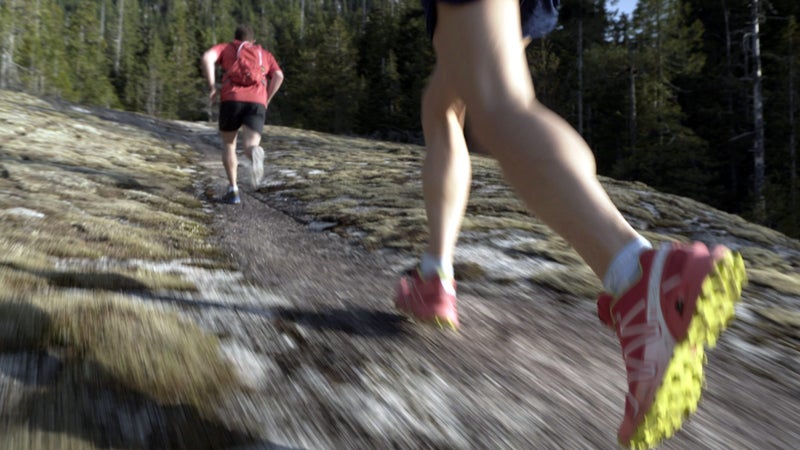
6. Up the Intensity
The benefits of interval training are well established, but according to a recent study by Canada’s McMaster��University, it might be even more effective than exercise experts previously thought. According to the study, a 10-minute workout with three��20-second intervals seemed to be as effective for your health and fitness as��45 minutes of moderate exercise. If you’re a serious athlete��or are training for any sort of endurance race, you’ll still need to do longer workouts, of course. But if you’re pressed for time, lace up your shoes or jump on your bike, do a short warm-up, and then head for the closest short hill.
7. Bump Up Your Burpees
Another quick way to get more bang for your buck is to modify the standard burpee, the badass full-body exercise that involves dropping to a squat, kicking your feet out to a plank position, and then jumping back up to standing. Instead of doing a regular burpee, challenge yourself with one of the following variations: Do a side plank between jumps, replace the regular jump with a tuck jump, complete a burpee on one leg, or add a mountain-climber exercise between jumps. However you alter it, one thing is certain: It’ll make your love/hate relationship with the notorious exercise even more intense.
8. …But Don’t Forget to Breathe
A growing number of athletes—from surfers to CrossFit® fans—have begun incorporating the breathing exercises of fitness guru and hardman Wim Hoff into their routines as a way to up their performance. Hof, whose nickname is The Iceman and once climbed up to 20,000 feet on Everest wearing only shorts and shoes, has developed a technique that involves a series of 30 quick breaths followed by holding your breath, followed by a cold shower. According to several new studies, he’s onto something: Breathing exercises and repeated exposure to cold have been proven to do everything from strengthen the body to improve the immune system and circulation and help with focus and mindfulness.
��
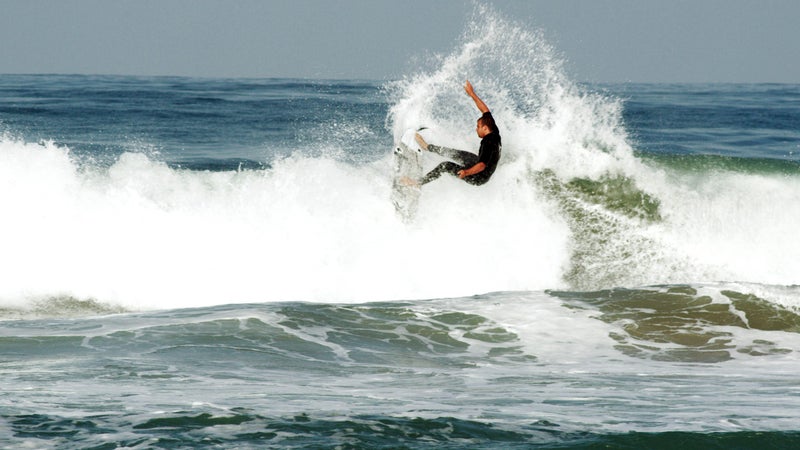
9. Don’t Catch the Rays
If you’re kiteboarding, paddling,��surfing, or swimming,��you need to be extra diligent about protecting your skin; the water is like a mirror for the sun’s rays, so you get hit in both directions. Apply sunscreen everywhere before you get dressed, making doubly sure you hit all your exposed skin, as��your��ears, scalp, and the tops of your feet��are often overlooked. And, before you do, remember: Not all sunscreens are created equal. Powered by Water Armor TECH™ Technology and boasting a��SPF of 50, allows you to get wet but not burned thanks to its hydrophobic, high molecular weight copolymer that helps form a moisture-resistant barrier between your skin and the water.
10. Sleep In (Seriously)
Sleep is the new buzzword around athletic circles these days, and rightly so; it boosts athletic recovery, metabolism, and moods, among other things. If you’re a runner, endurance coach Sage Rountree recommends increasing your nightly sleep by the number of miles you ran that week—so if you ran 30 miles, tack on 30 minutes of extra sleep every night. Training for something else? Aim for an extra hour of nightly sleep for every ten hours of weekly training.
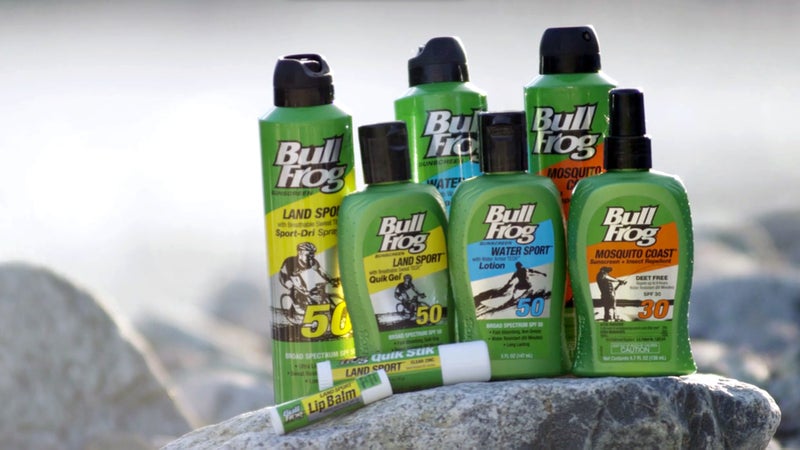
BullFrog® is the only sunscreen formulated with sport-active technologies for the ultimate in performance and protection. So you can go farther, push harder, and play��more.��BullFrog Rebuilt for the way you Play: ��
